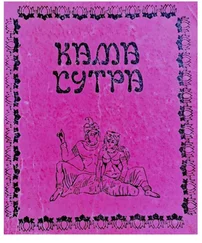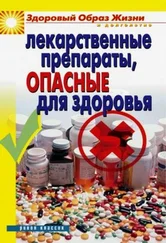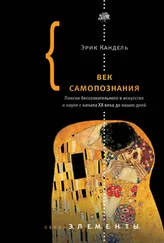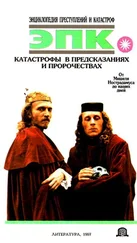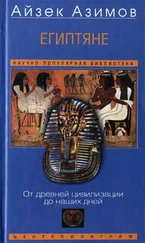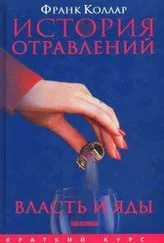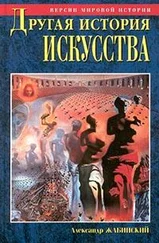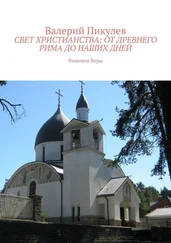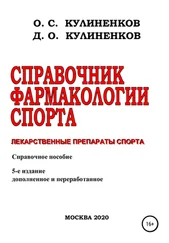• Fornaciari, Gino, "Identificazione di agenti patogeni in serie scheletriche antiche: lesempio della malaria dei granduchi de Medici (Firenze, XVI secolo)" in Medicina nei Secoli Arte e Scienza, 22 (1–3), pp. 261–272, 2010.
• Fornaciari, Gino, "Malaria was the 'killer' of Francesco I de Medici (1531–1587)" in The American Journal of Medicine, Vol. 123 (6), pp. 568–569, June 2010.
• Fornaciari, Gino. "A medieval case of digitalis poisoning: the sudden death of Cangrande della Scala, lord of Verona (1291–1329)" in Journal of Archeological Science, Vol. 54, pp. 162–167, 2015.
• Fornaciari, Gino. "Plasmodium falciparum immunodetection in bone remains of members of the Renaissance Medici family (Florence, Italy, sixteenth century)" in Transactions of the Royal Society of Tropical Medicine and Hygiene, vol. 104, pp. 583–587, 2010.
• Fornaciari, G. "Riscontri Obiettivi sulle tecniche di imbalsamazione in eta moderna nelle mummie dell'Italia centro-Meridionale" in Medicina ne Secoli Arte e Scienza, Supplemento no. 1, pp. 257–324, 2005.
• Frith, John. "Arsenic – the "Poison of Kings" and the "Saviour of Syphilis" in Journal of Military and Veterans Health, Volume 21, No. 4, 2013.
• Gedmin, Jeffrey. "A Short History of Russian Poisoning" in The American Interest, June 4, 2015.
• Guiffra, Valentina, et al. "Embalming methods and plants in Renaissance Italy: two artificial mummies from Siena (central Italy)" in Journal of Archeological Science, Vol. 38, pp. 1949–1956,2011.
• Holmes, Grace, MD and Holmes, Frederick, MD. "The Death of Young King Edward VI" in New England Journal of Medicine, Vol, 345, № 1, July 5, 2001.
• Kennedy, Maev. "Questions raised over Queen's ancestry after DNA test on Richard Ill's cousins" in The Guardian, December 2, 2014.
• Kramer, Andrew E. "More of Kremlin's Opponents are Ending up Dead" in The New York Times, August 20, 2016.
• Lindsay, Suzanne Glover. "The Revolutionary Exhumations at St-Denis 1793" in Center for the Study of Material & Visual Cultures and Religion, Yale University.
• Lewis, Jack. "Lead Poisoning, A Historical Perspective" in EPA Journal, May 1985.
• Mari, Francesco, et al. "The mysterious death of Francesco I de' Medici and Bianca Cappello: an arsenic Murder?" in BMJ, Volume 333, pp. 1299–1301, December 23–30, 2006.
• Moore, Norman, MD. "An Historical Case of Typhoid Fever" in St. Bartholomews Hospital Reports, Volume 17, pp. 135–150, 1881.
• Politskovskaya, Anna. "Poisoned by Putin" in The Guardian, September 9, 2004.
• Retief, Francois P. & Louise Cilliers. "Poisons, Poisoning and Poisoners in Rome" in Medicina Antiqua, Wellcome Trust Centre for the History of Medicine.
• Rohl, John. "The Royal Family's Toxic Time-Bomb" in The University of Sussex Newsletter, June 25, 1999.
• Roland, Christell and Bernt Sjostrand. A Simplified Method for the Determination of Arsenic by Means of Activation Analysis" in Acta Chemica Scandinavica, Vol. 16, pp. 2123–2130,1952.
• Saltini, G. E. Delia "Morte di Francesco I de Medici e di Bianca Cappello" in Archivio storico italiano, Nuova serie, XVIII: pp. 21–81, 1863.
• Spurrell, Rev. F "Notes on the Death of King John" in Archeological Journal, Volume 38, Issue 1, 1881.
• Travis, Alan. "Why the princes in the tower are staying six feet under" in The Guardian, February 5, 2013.
• Vellev, Jens. "Tycho Brahes liv, dod og efterliv" in 25 Soforklaringer, Arhus Universitatsverlage, pp. 349–365, January 2012.
Статьи без указания автора
• "Enrico VII поп venne ucciso. Мог curandosi con l'arsenico" in La Nazione, December 30, 2016.
• "How Important is Lead Poisoning to Becoming a Legendary Artist?" in The Atlantic, November 25, 2013.
• "Murder Among Medicis" in Newsweek, January 9, 2007.
• "The Mystery of Caravaggio's death solved at last – painting killed him" in The Guardian, June 16, 2010.
• "Russian agent's autopsy was 'one of the most dangerous… in the Western World' in Daily News, January 28, 2015.
• Thompson, Helen. "Poison Hath Been This Italian Mummy's Untimely End" on Smithsonian.com, April 10,2016.
• Woollaston, Victoria. "Autopsy on 700-year-old mummy solves 14th century murder mystery – Italian lord was poisoned" on DailyMail.com, April 10, 2016.
Статьи без указания автора из интернета
• "King George III: Mad or Misunderstood?" on BBCNews. com, July 13, 2004.
• "Tsaritsas' Hair Solves the Mystery of Their Death" in The Institute of Geography, Russian Academy of Sciences website, informnauka.ru, March 9, 2001.
• "Who Ordered Khattab's Death?" in North Caucasus Analysis Volume: 3 Issue 15, May 29, 2002.

Скудо (экскудо – в Испании и Португалии, экю – во Франции) – ходовая денежная единица государств в Средние века и Новое время, выражаемая золотой или серебряной монетой. (Здесь и далее – прим. пер.)
Унция – мера веса, сегодня равная 28,35 г. В различных странах и в разные исторические периоды унция колебалась от 25 до 35 г.
В средневековой Англии эта роль часто отводилась мажордому.
Вид казни в средневековой Англии, применяемый к преступникам, обвиняемым в государственной измене.
Сведений о личности отравителя история почти не сохранила. В то же время название Шатонёф-сюр-Шер носит коммуна в центральной Франции – видимо, именно здесь когда-то находились владения барона.
От франц. pomme d'ambre – «душистое яблоко». Такой аксессуар вошел в европейскую моду в Средневековье и Раннее Новое время.
В оригинале – sternutatoria – букв, «чихательное»; лекарственное вещество наподобие перца.
Здесь автор приуменьшает: согласно сохранившимся свидетельствам, для единственного штамма малярии, распространенного в Италии в те времена, инкубационный период и вовсе составлял 16–59 дней (прим. науч. ред.)
Титул, обозначавший наследника французского престола.
Дож – формальный глава Венецианской республики.
Читать дальше
Конец ознакомительного отрывка
Купить книгу
![Элеанор Херман Элегантная наука о ядах от средневековья до наших дней [Как лекарственные препараты, косметика и еда служили методом изощренной расправы] обложка книги](/books/391531/eleanor-herman-elegantnaya-nauka-o-yadah-ot-sredneve-cover.webp)


